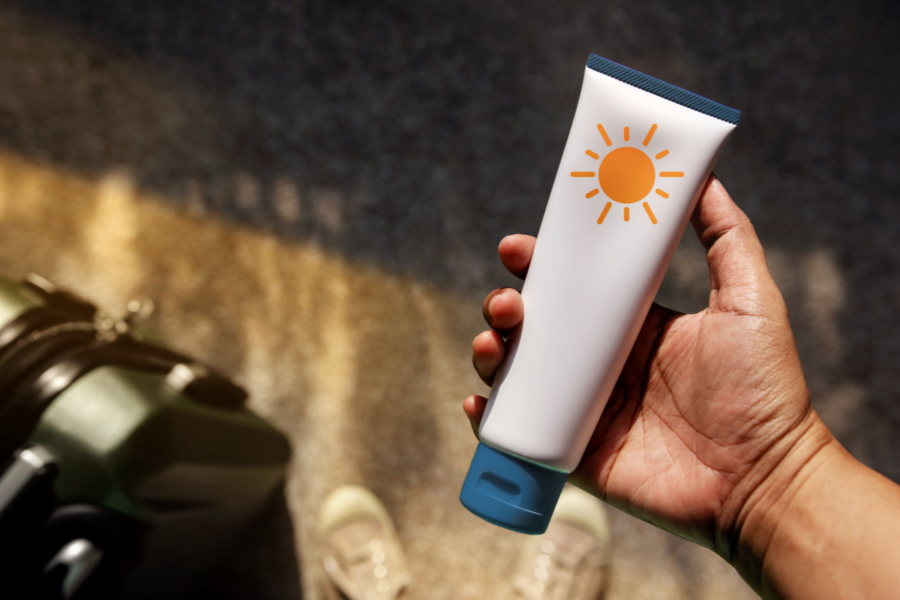Embrace the sun: Your guide to skin health and sun safety
As we inch closer to the peak of the summer season, the warmth of sunshine beckons us outdoors, inviting us to revel in its golden glow. However, amidst the excitement of outdoor adventures, it’s crucial to pause and consider the importance of safeguarding our skin from the sun’s potent rays. With Sun Awareness Week and Skin Cancer Awareness Month just around the corner in May, there’s no better time to delve into the realm of sun safety and skin health.
Contrary to popular belief, the need for sun protection extends beyond the scorching summer months, permeating through cloudy skies and shaded retreats. UV radiation poses a persistent threat year-round, lurking in the shadows and waiting to wreak havoc on unprotected skin. The statistics speak volumes: in the UK, the incidence of skin cancer has doubled over the past two decades, underscoring the urgency of prioritising sun safety practices.
While everyone is vulnerable to sun damage, certain demographic groups face heightened risks. Individuals with fair skin, red or blonde hair, blue eyes, or a propensity for sunburn are particularly susceptible. Additionally, those undergoing treatments like radiotherapy or chemotherapy, as well as outdoor workers exposed to prolonged sunlight, must exercise extra caution.
For outdoor workers, ensuring proper protective clothing, including wide-brimmed hats and lightweight, long-sleeved garments, is crucial to mitigate sun exposure. In addition to this, we must not overlook the importance of eye health – UV radiation poses significant risks to the eyes, making UV-blocking sunglasses essential. And of course, don’t forget the sunscreen! Applying broad-spectrum sunscreen with a sufficient SPF (of at least 30) with UVA and UVB protection, not only safeguards against skin cancer, but also protects against premature aging and sun-induced skin damage.
Beyond these well-documented risk factors lie hidden perils that may exacerbate sun damage. Certain medications, including some antidepressants, anti-inflammatories, and antibiotics, can heighten the skin’s sensitivity to UV radiation. Even seemingly innocuous activities like swimming in open water or wearing alcohol-based perfumes can intensify the risk of sunburn and skin damage.
Timing is key when it comes to sun safety. If possible, seek refuge in the shade during the sun’s peak hours between 11 am and 3 pm, when UV radiation is at its highest. Consider scheduling outdoor activities for earlier or later in the day to minimise exposure. Stay hydrated by replenishing fluids regularly, particularly when engaging in outdoor pursuits.
In addition to preventive measures, cultivating skin awareness is paramount for early detection of potential issues. Conduct regular self-examinations, scrutinising moles and monitoring any changes in size, shape, or colour. Be vigilant for signs of skin abnormalities such as persistent sores, unusual growths, or slow-healing lesions. Promptly consult a healthcare professional if any concerning changes are noted.
As we embrace the warmth and vitality of the sun, join us as we prioritise skin and eye health this summer, ensuring safe and enjoyable outdoors for all.
